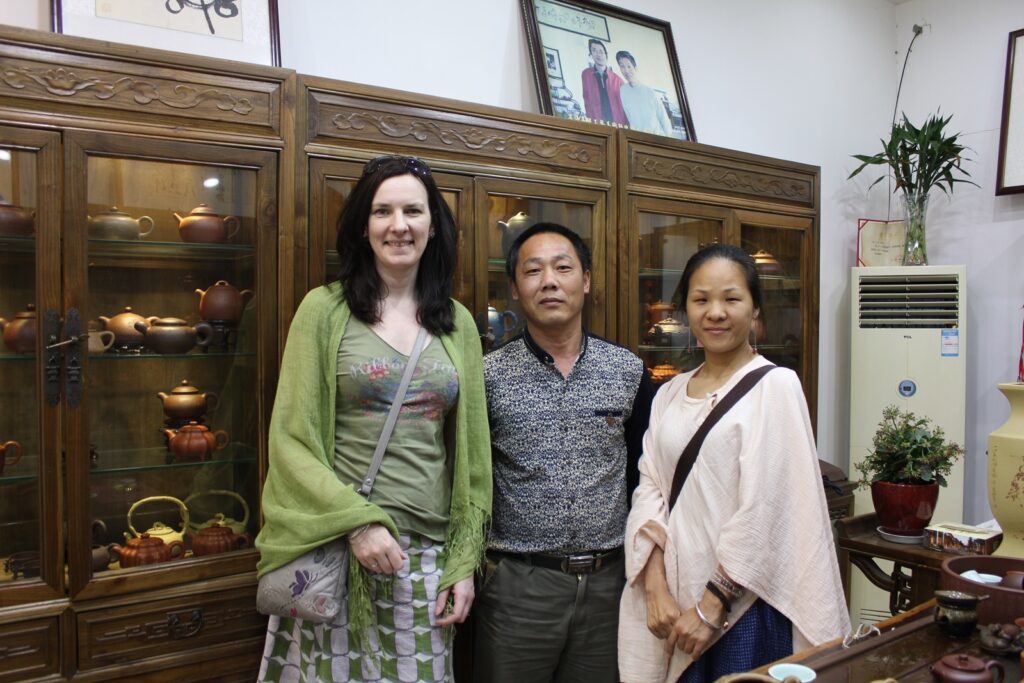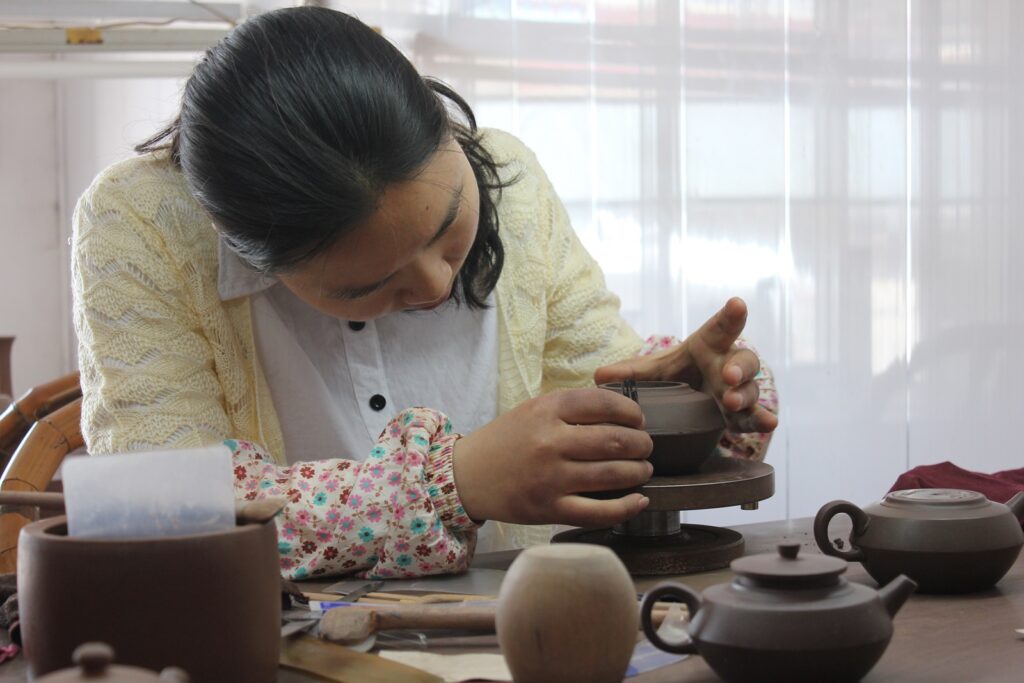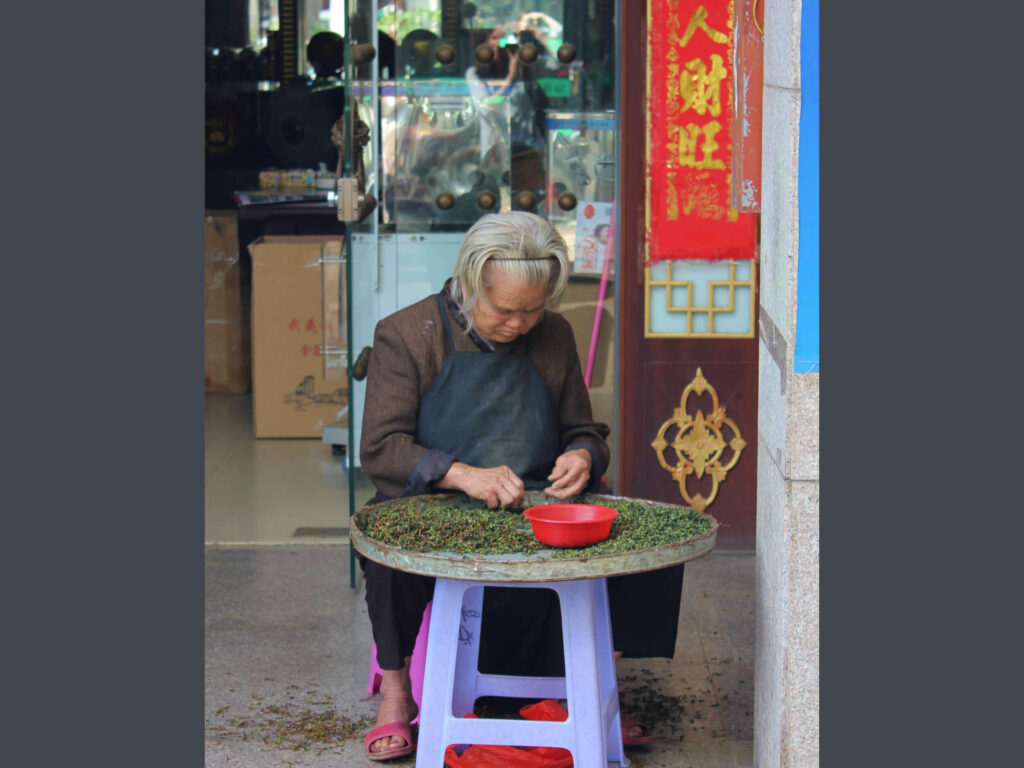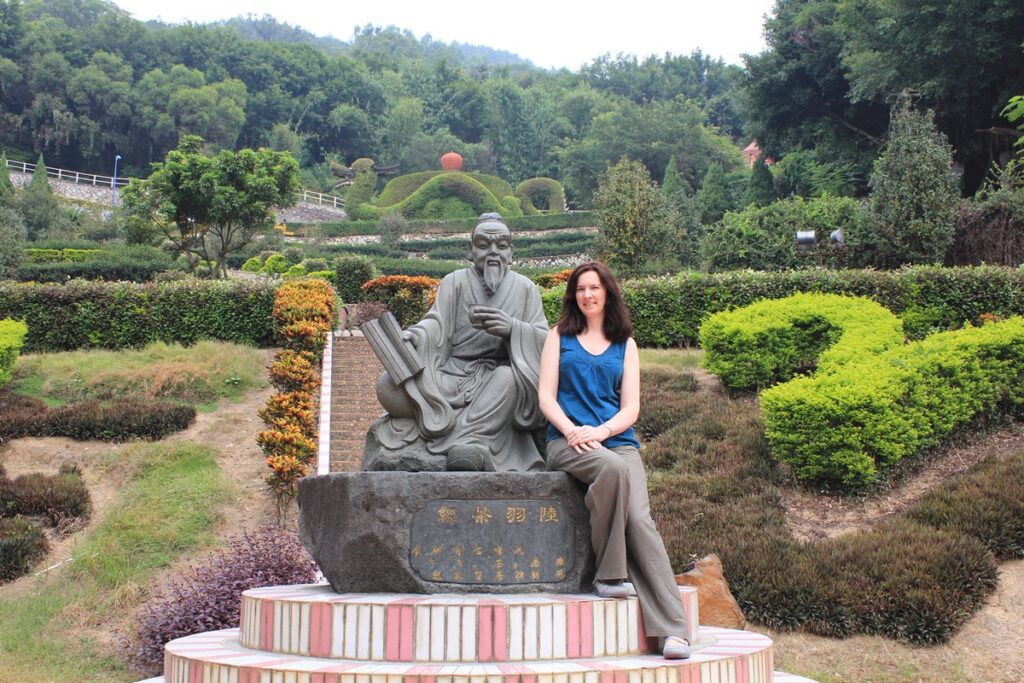A few years ago I did a pottery workshop and made possibly the ugliest, most useless teapot in the history of all teapots. However it’s still part of my collection, and serves as a reminder of the amazing skill and years of dedicated practice that goes into making a beautiful pot. So, of course I was very interested to see a master in action in Yixing. We visited Ding Shu Zhen, a small village and the original home of Yixing teapots, which still houses many small scale pottery workshops.
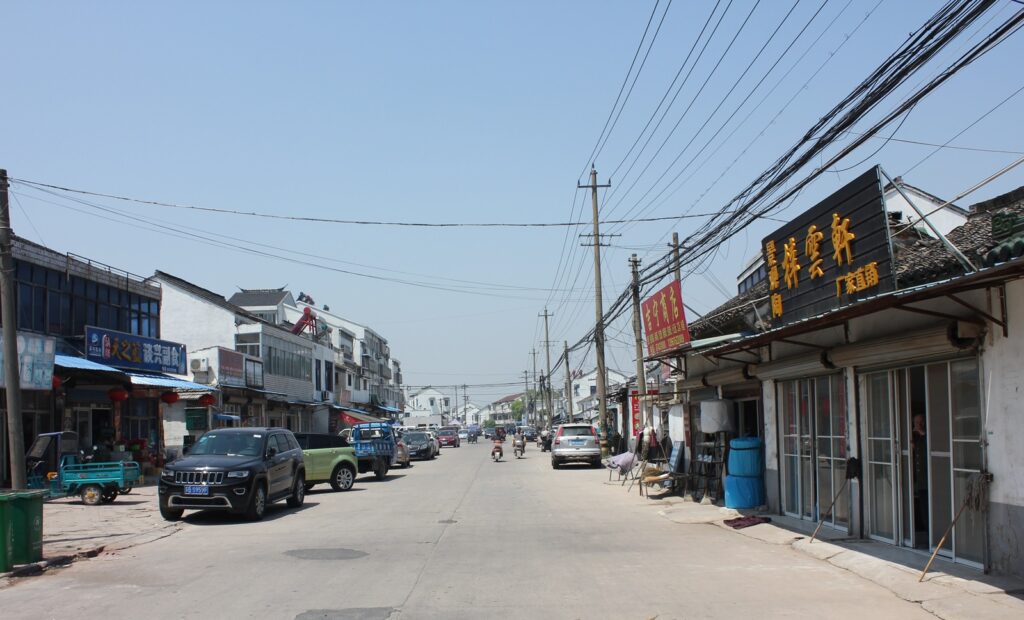
Yixing teapots: master potter at work
The workshop owner and master potter that we visited were very welcoming and patient answering all of our questions. The master potter told us that it takes several days to make one pot. She doesn’t make one whole teapot at a time, rather she makes several of the same individual pieces at a time. It’s also very important that she is in the right mood otherwise it won’t be a good pot. The pots are mostly made by hand (around 90%) and then moulded to create the perfect finished teapot. Once she is happy with a pot, it is left for 1 week to dry before firing.
The workshop owner told us that it takes many years of experience to become a master, with the very creative masters having their own distinctive style. And as for copy cats – “honest cheating” is what he called it. Others will copy the masters’ styles even as far as using the same stamp on the bottom of the pot. However these pots will be sold at a lower price and apparently everyone knows about this practice. You should always receive a certificate when buying a master’s teapot. But how do you know the certificate isn’t a fake…??? Guess you need to know your pots!
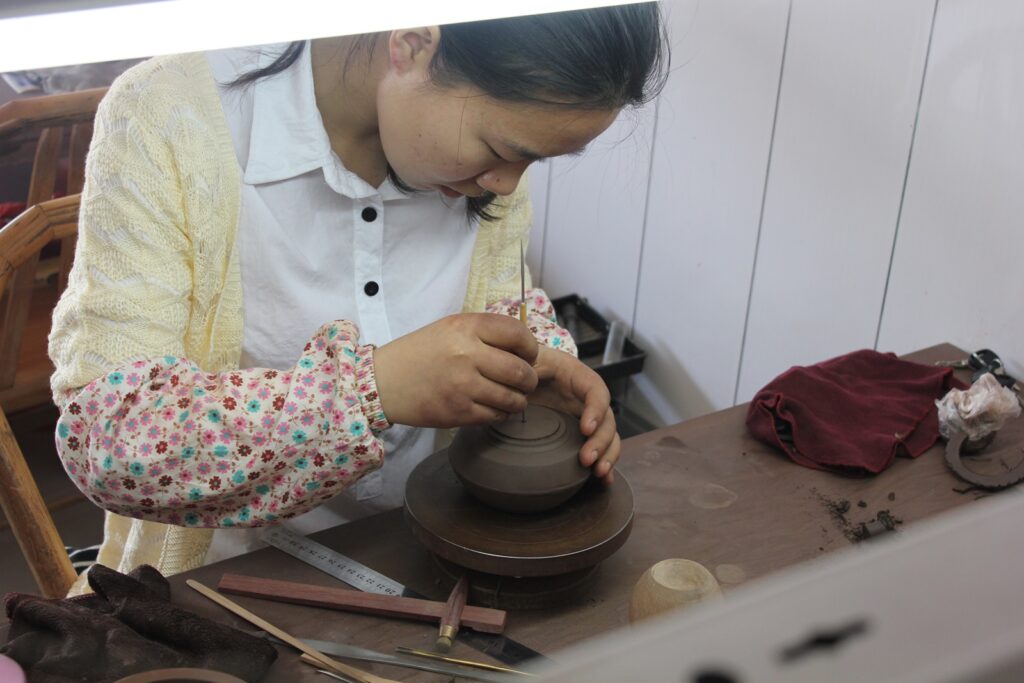
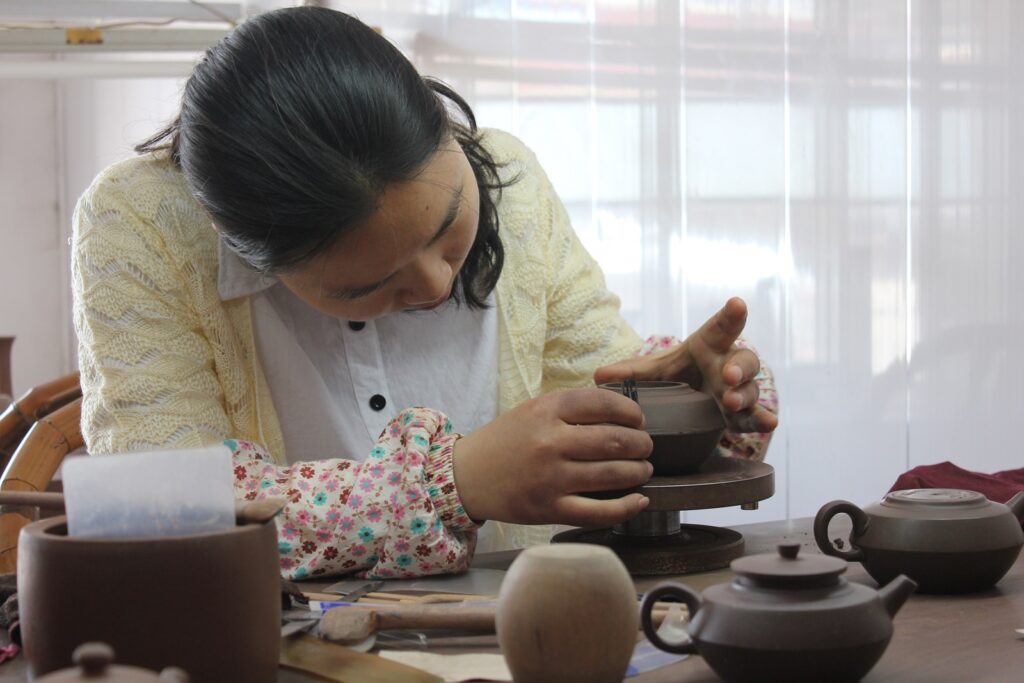
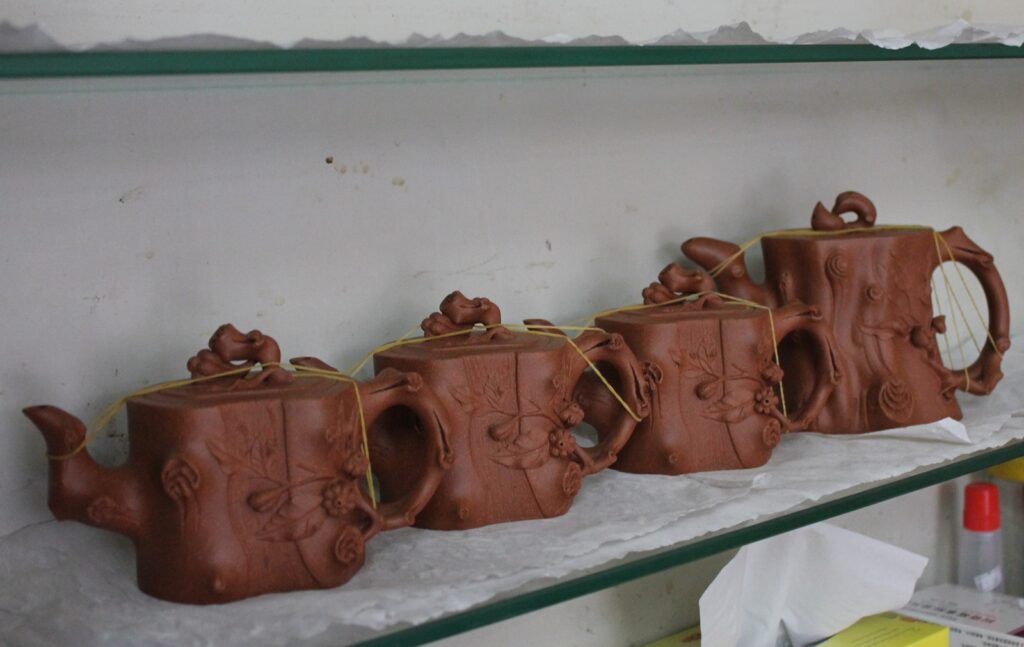
Guide to buying a Yixing teapot
And that leads me onto the teapots that I bought. We went to the main teapot market and were drawn to one particular shop that had a warm friendly atmosphere. The shop owner was more than happy to sit down with us and explain about the pots.
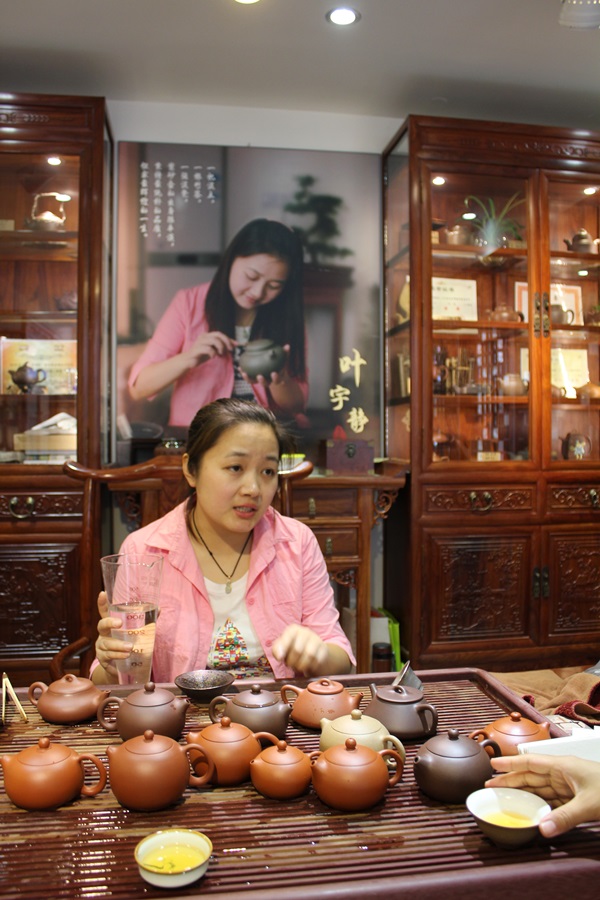
Quite rightly she was very proud of Yixing clay, extolling its virtues above those of porcelain. Yixing clay is porous, letting air in and out. She once did an experiment, leaving tea in both an Yixing teapot and a porcelain teapot for 1 week. The results – the tea in the porcelain pot was stale and mouldy, as no air can circulate. The tea in the Yixing pot, as fresh as when she first made it of course! It should also be noted that you should only use one type of tea in an Yixing pot as it will absorb the flavours over time. They are best suited for black and puer tea.
And this is what she told us about how to buy an Yixing teapot:
1. The most important aspect is the material
2. Secondly, look at the shape and how it pours
3. Last but not least, the details of the pot, such as having no flaws, an even thickness (spout, mouth, etc) and a smooth fitting lid
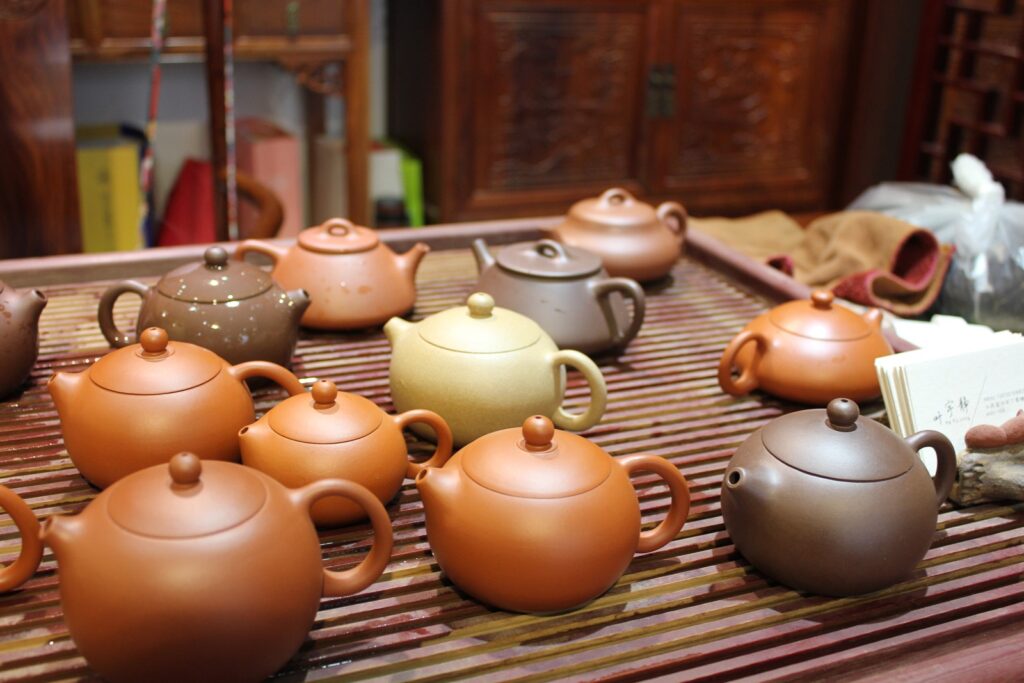
Of course this is all depending on your budget. It’s better to buy a pot made of very good material that maybe has a flaw or two than a pot of lower quality material that looks perfect. The more ornate teapots in the style of fruits and trees can go for thousands of RMB. My budget wasn’t going to stretch that far so I went for a classic round red clay pot (200RMB) and a more geometric brown pot which came with a master’s certificate (400RMB).
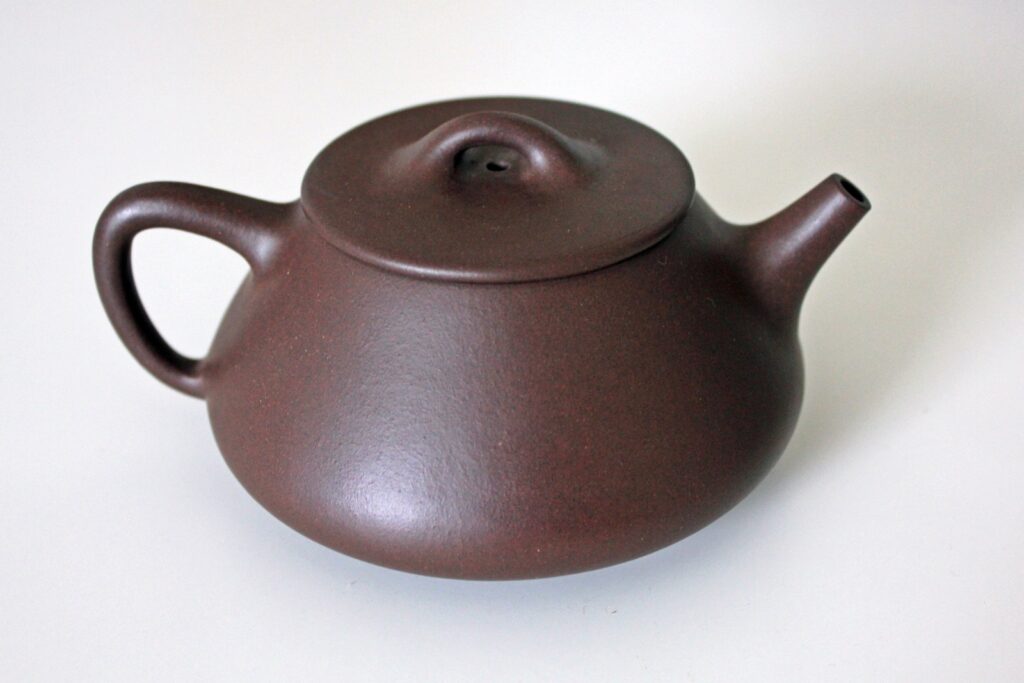
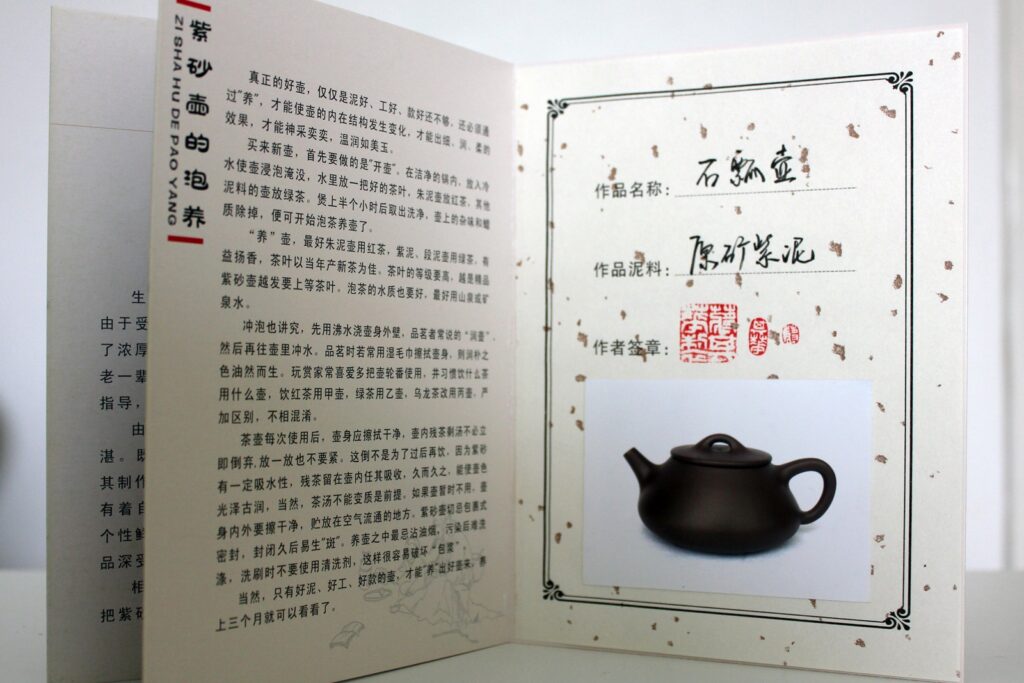
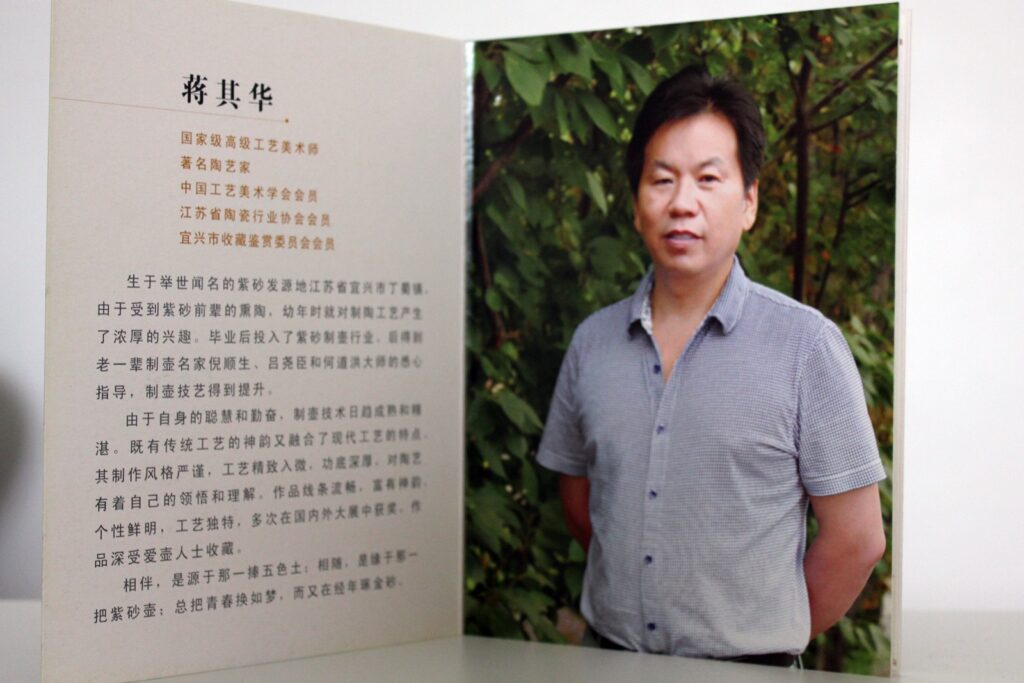
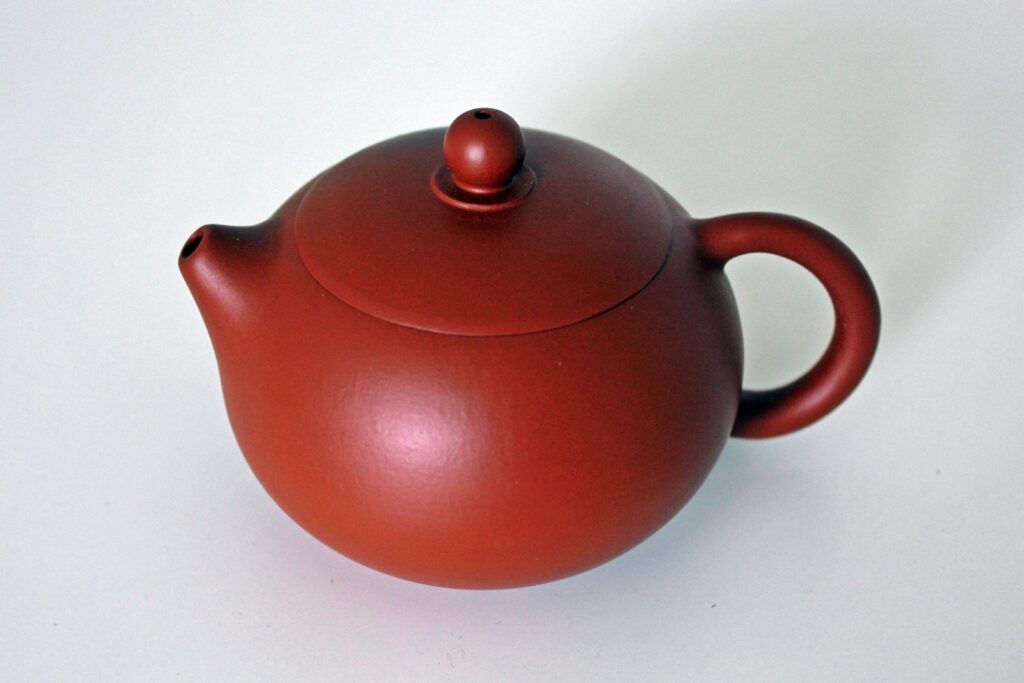
Dragon kiln
This is the Dragon kiln, the old way of firing pots. At the bottom end is a cave-like room where a coal fire is kept burning. From there the kiln snakes up the hillside looking like the back of a dragon, hence the name. On the sides are small doorways where some unlucky (small) person had to climb in to put the pots into the kiln. Then the doors were sealed, presumably after the said unlucky person had climbed out. The Dragon kiln has 50 of these lines. Next, dried bamboo was put into the holes, 2 lines at a time. An hour later the next 2 lines and so on. The whole firing process took 3 days. After which that poor guy had to unseal the doors and climb in to remove the pots.
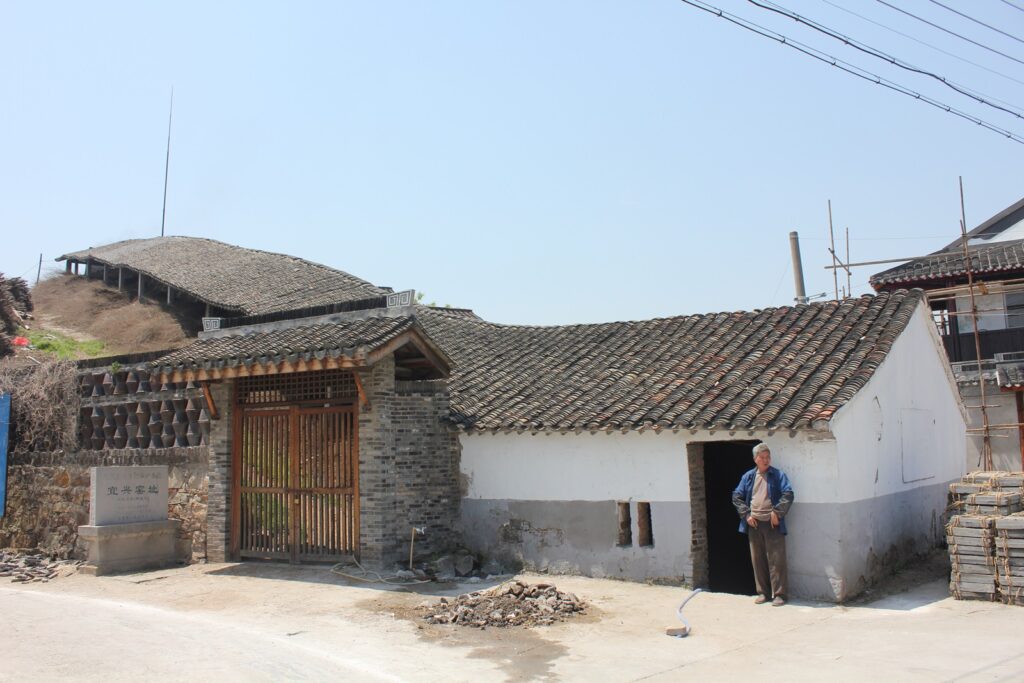
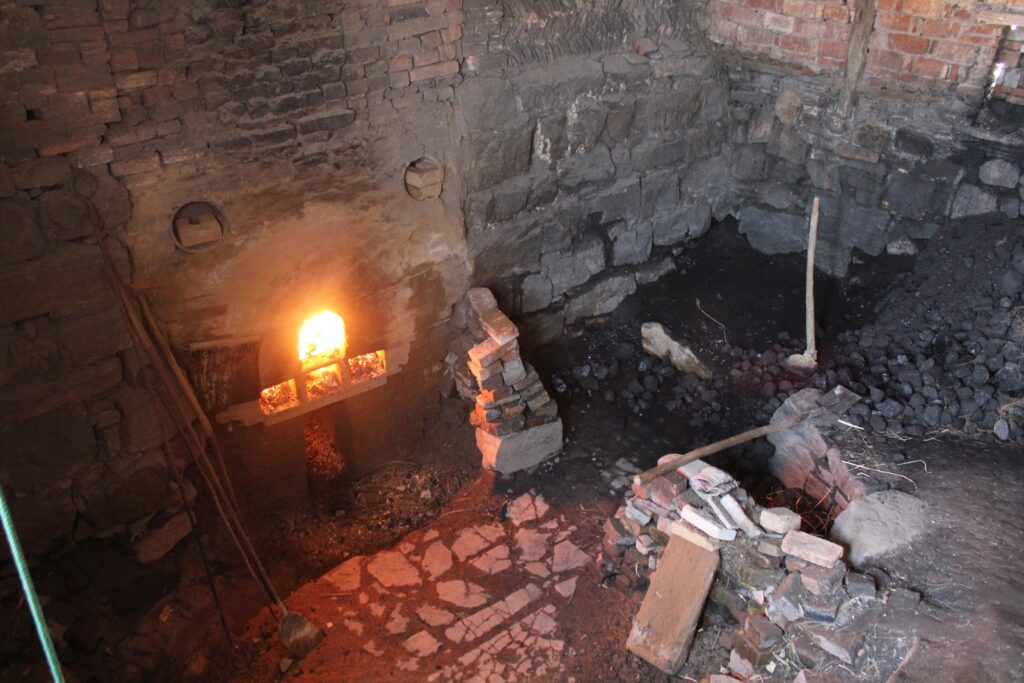
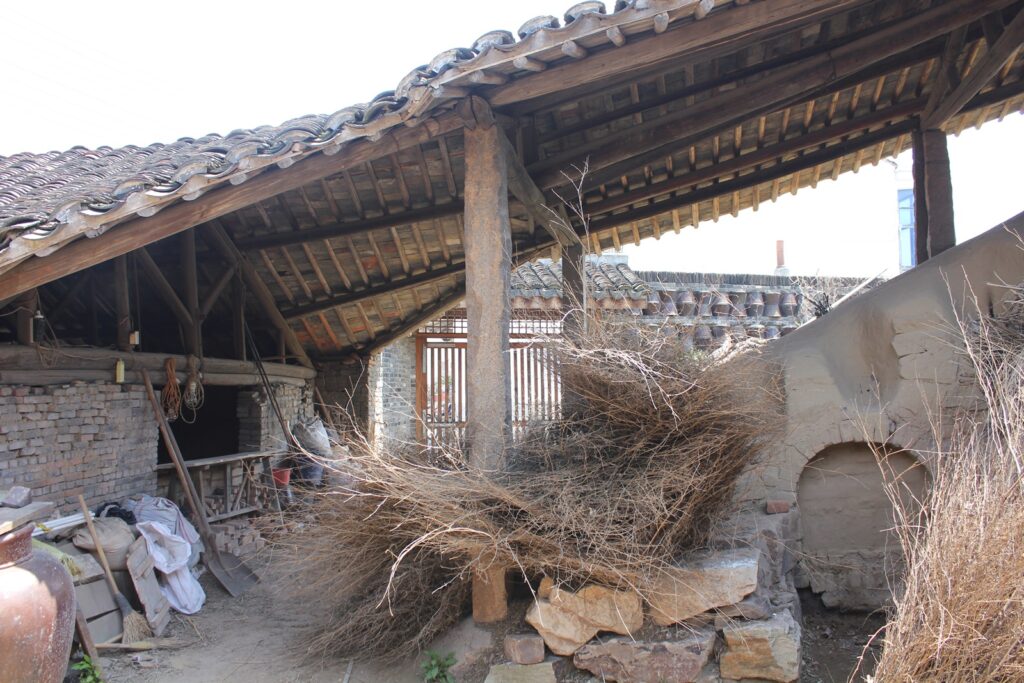
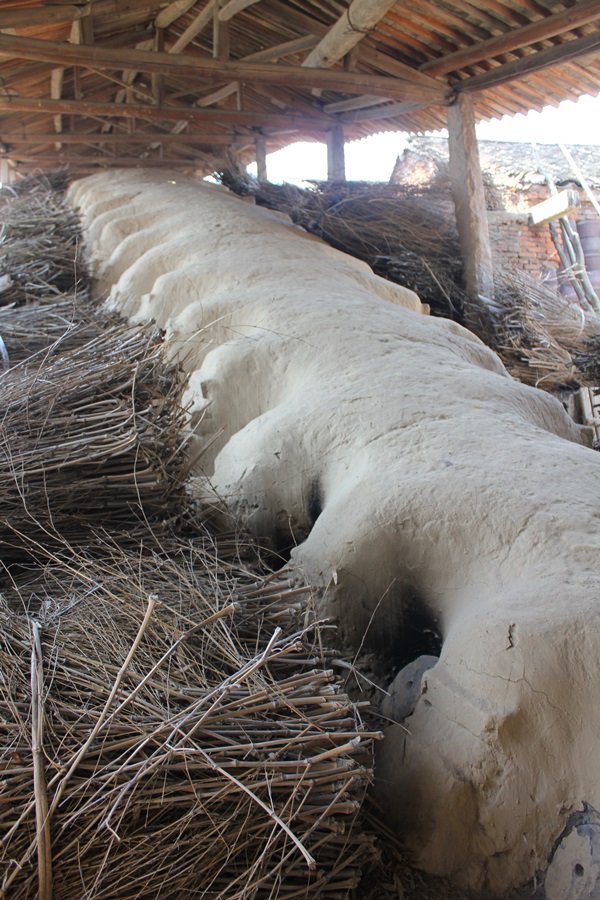
Yixing local transport tip
If you visit Yixing, I recommend hiring a taxi driver for the day. We got a little stranded on our first day going to the teapot market. It was easy enough to get a taxi out there from our hotel but there are no taxis to bring you back. It’s really very quiet even on a Saturday afternoon. After asking around for a lift back, the local hotel owner took pity on us and arranged transport. We then hired the driver for the next day and he took us to Ding Shu Zhen, the museum and the Dragon Kiln (as well as his friend’s shop!) before dropping us at the train station. It cost 300RMB for the day.
